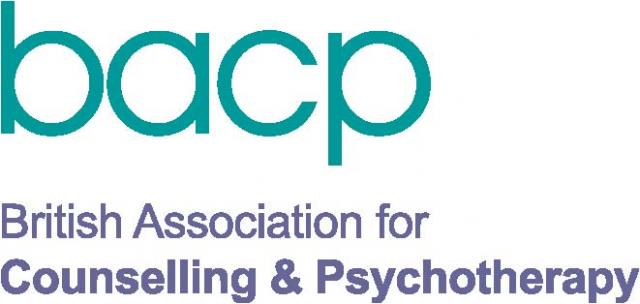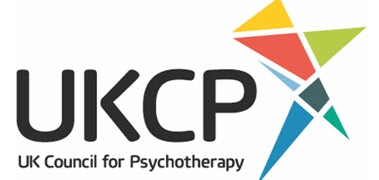Lessons on adolescent mental health from an ex-school counsellor
/For the best part of five years I have been working in a comprehensive school in Brighton and Hove, with young people aged 11-16. During my time at the school I created a service for the pupils of one-to-one therapy and a drop-in. I endeavoured to embed it within the school. I leave now having completed over 3000 clinical hours and assessed 554 referrals. This experience has challenged, humbled and amazed me in equal measure. This article attempts to convey my experiences of working with young people and the challenges they face today. It aims to consolidate what I have learned from those who were brave enough to share their lives, struggles and mental health issues with me. It was a pleasure and privilege to be allowed access into their worlds and I hope they took away as much from our shared experience as I did.
A New Age of Adolescence
Typically, the generation before will always exclaim the next generation “doesn’t-know-how-good-they-have-it”. Pupils often reported being told by well-meaning adults that their school years would the best of their lives. However, I found that young people today have their own unique challenges that they are facing within a complex socio-political context. They are the first generation to be considered digital natives (Prensky, 2001) and with newfound access to information and technology, a whole new set of hurdles and rites of passage have emerged. As for any period of life being the “best” – we know that each era brings its own joys and struggles. In my experience of working with young people this digital era is having a profound effect on their day-to-day lives.
Young people are being increasingly exposed to technology and the information available can be accessed at a very young age. Increasing research highlights that exposure to tablets such as iPads can act like a drug on the young brain (Greenfield, 2015). There is also a whole host of information that young people are bombarded by. One such area is sex and pornography and it is well documented that this is changing the sex lives of adolescents (Horvath et al, 2013).
The era of the digital native - adolescents have never before experienced a digital and connected world
Finally, there is the nonstop social world, that connects young people to each other all day, every day. In my experience this is having an effect on sleep, self-esteem and body image, on cyber bullying and creating a digital footprint for young people. This digital footprint will not necessarily be able to be protected from future parties. Within this climate it is understandable that adolescents are experiencing heightened anxiety, increased mental health issues and a new world of technology, the effects of which are yet to be fully determined.
Services in Crisis
Currently, in the UK, mental health is not placed on a parity with physical health by the NHS. This means that it takes a significantly lower amount of the budget. Adolescent mental health takes an even smaller percentage of that budget. This has put strain of all services from A&E departments, to schools as well as Children and Adolescent Mental Health Services (CAMHS) and community based organisations. Government austerity has also forced councils to reduce their services for young people. What became acutely aware to me, was that as services and resources are being reduced and stretched, adolescents are experiencing an increase in either mental health issues or a desire to talk about them and seek support.
The perfect storm - as services receive less funding, and adolescents experience a new peak of stress and anxiety, it leaves us to consider what the future adolescent and school age children's mental health will look like
It is natural then to consider how society manages when there are fewer resources and increasing demand? In my experience, it is the public service workers that are plugging this gap where they can. It is the teachers working extra hours and going the extra mile to reach out to and support their students. It is the pastoral staff who are managing harrowing and ever increasing caseloads, it is the counselling services with long waiting lists and occasionally it is young people with mental health issues picked up by the police with nowhere to send them. Despite their difficult days and weeks, these public services staff are the glue holding together a breaking system. However, they are only people, and all people burn out or have breaking points. The hope, inspiration and resilience of those who care about their jobs cannot sustain the ever increasing mental health needs of a nation.
Wellbeing and Access
I believe that a focus on wellbeing, early prevention and access to support would be beneficial to all, especially adolescents. From an early age, wellbeing can be embedded into children’s lives and education – this would include supporting young people to be emotionally literate, have an awareness of mental health issues and an understanding of psychoeducation around technology, sleep, food and mood. This would facilitate early prevention and detection of issues. This would need to be backed up with mental health services that are accessible to all and able to meet demands.
An example of this was the service I set up within a secondary school which offered one-to-one brief counselling provided for pupils after liaison and consultation with staff, parents or by self-referral. This is supported by a daily drop-in service for students and a triage system – a weekly meeting of support staff and a counselling psychologist to discuss referrals, support management of caseloads, group work and highlight the need for education of pupils in mental health and wellbeing. Members of community organisations and CAMHS were invited to these meetings to facilitate collaborative working across the city. It is through these systems of collaboration across the school and community that we are able to provide good practice and implement recommendations for supporting young people’s mental health and wellbeing.
Power of Therapy
Despite moving on from the school, what will stay with me is the power and potential of positive therapeutic relationships. To offer young people a space in which they are not judged, where they can speak freely and discuss their mental health and choices, allows them time to reflect and hopefully make positive changes. It instils the idea the we all have mental health and at times we can be in a good space with our mental health, other times not. The service sought to model that there is always someone we can go to in crisis and that young people are not alone in what they are experiencing. Improving access to and protecting these spaces, for adults and adolescents alike, has never been more pressing. I aim to continue my work supporting young people in distress and raising awareness in the specific issues and challenges facing adolescent mental health today.
REFERENCES:
Davies, Sally (2014). Chief Medical Officer (CMO) annual report: public mental health. London, UK: Department of Health
Greenfield, Susan (2015). Mind Change: How 21st Century Technology is leaving its mark on the brain. London, UK: Random House.
Horvarth, M.A.H., Alys, L., Massey, K., Pina, A., Scally, M. and Adler, J.R. (2013) 'Basically... porn is everywhere': a rapid evidence assessment on the effect that access and exposure to pornography has on children and young people. [London]: Office of the Children's Commissioner (OCC).
Marc Prensky (2001) Digital Natives, Digital Immigrants Part 1. On the Horizon 2001 9:5 , 1-6






